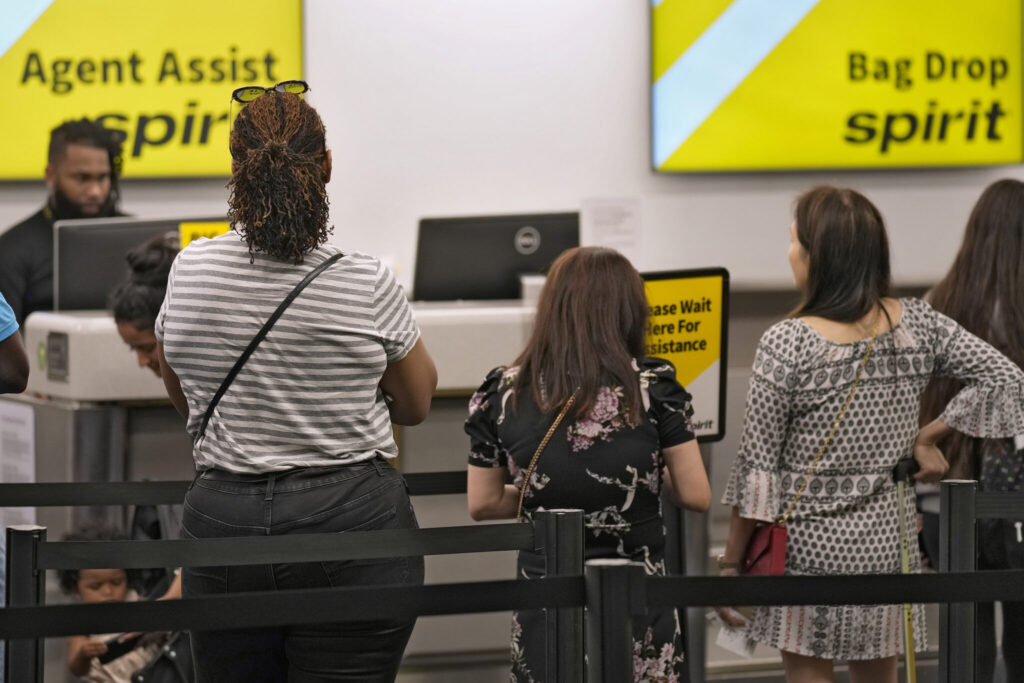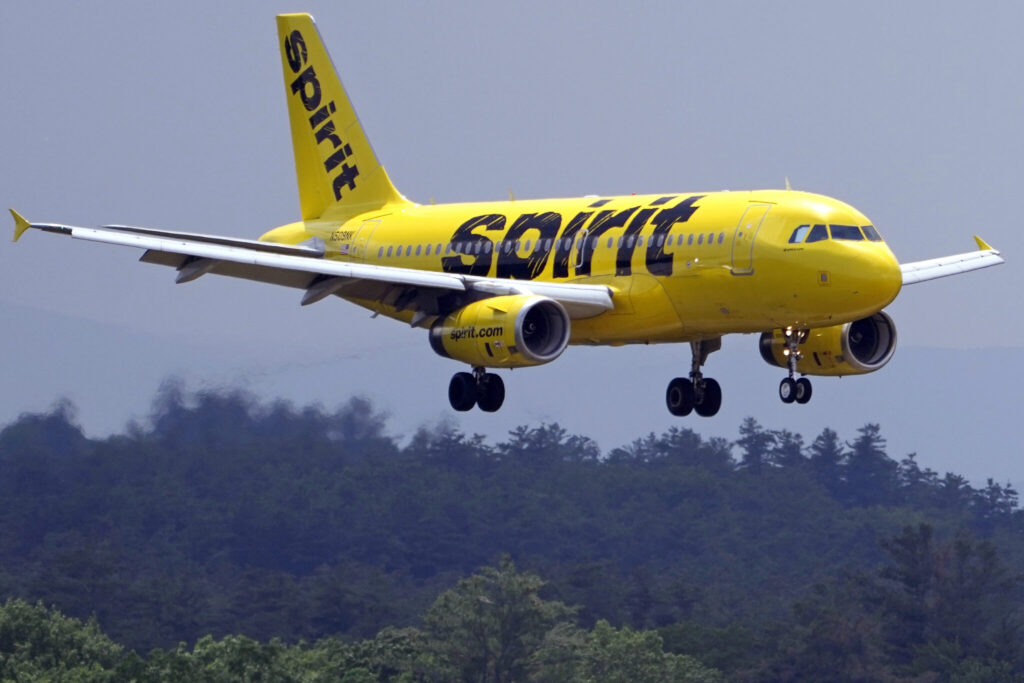Spirit Airlines bankruptcy/ Chapter 11 filing/ Spirit Airlines debt restructuring/ budget airlines/ Newslooks/ J. Mansour/ Morning Edition/ Spirit Airlines has filed for Chapter 11 bankruptcy protection, aiming to restructure and address over $1 billion in looming debt. The airline, which struggled post-pandemic and failed in its merger attempt with JetBlue, plans to continue operations without disruptions to bookings or loyalty programs.

Spirit Airlines Files for Bankruptcy as Financial Pressures Mount
Key Details
- Bankruptcy Filing: Spirit Airlines has filed for Chapter 11 bankruptcy to restructure and address mounting financial losses.
- Continued Operations: The airline assures customers that flights, bookings, loyalty points, and credits remain unaffected.
- Debt Challenges: Spirit faces over $1 billion in debt payments within the next year and has reported losses exceeding $2.5 billion since 2020.
- Failed Merger: A blocked $3.8 billion merger with JetBlue earlier this year compounded financial struggles.
Spirit Airlines Declares Bankruptcy After Failed Merger with JetBlue
Deep Look: Spirit Airlines Faces Turbulence in Chapter 11 Bankruptcy Filing
Spirit Airlines, the largest U.S. budget carrier, has filed for Chapter 11 bankruptcy protection, citing ongoing financial challenges and looming debt payments. The Florida-based airline, known for its ultra-low-cost model, plans to restructure while maintaining full operational capacity.
Ongoing Operations and Customer Reassurance
Despite the bankruptcy filing, Spirit Airlines emphasized that flights and bookings will continue as scheduled. Passengers can still use tickets, credits, and loyalty points without interruption. CEO Ted Christie assured stakeholders that the airline’s priority remains maintaining service while navigating its financial overhaul.
Mounting Losses and Industry Challenges
Spirit has faced growing financial pressures in recent years. While passenger numbers grew slightly in 2024, revenue per mile dropped significantly—down 10% overall, with fare revenues plunging nearly 20%.
The airline’s costs have also surged, driven by rising labor expenses and maintenance issues, including mandatory repairs to Pratt & Whitney engines that grounded dozens of planes. The recall led to furloughs and disruptions, further denting the company’s bottom line.
Spirit’s model of offering rock-bottom fares with extra fees for amenities like carry-on luggage has faced increasing competition. Major U.S. airlines have adopted similar “basic economy” options, pulling away some of Spirit’s cost-conscious customers. Meanwhile, a glut of flights has saturated the market, leading to lower fares in Spirit’s core leisure travel segment.
Strategic Shifts and Future Plans
In a bid to adapt, Spirit recently introduced bundled fare options, including priority boarding, larger seats, and complimentary services like snacks and Wi-Fi. This marks a departure from its traditional no-frills approach but has yet to translate into profitability.
To stabilize its finances, Spirit plans to reduce its October-to-December schedule by nearly 20% compared to last year. While this move may bolster fares, analysts suggest it could benefit competitors like Frontier, JetBlue, and Southwest more than Spirit itself due to overlapping routes.
Failed Merger Compounds Troubles
Spirit’s financial woes were exacerbated by its failed $3.8 billion merger with JetBlue. The Justice Department blocked the deal earlier this year, citing concerns that it would reduce competition and increase fares for budget-conscious travelers. The decision followed a lengthy legal battle and ultimately forced Spirit to chart a path forward independently.
A Familiar Industry Trend
Spirit’s bankruptcy marks the first major U.S. airline to seek Chapter 11 protection in over a decade. Previously, bankruptcies were common among carriers facing high costs and volatile fuel prices, with PanAm, TWA, Northwest, and Delta among notable examples. Many of these airlines emerged stronger or merged with competitors to survive.
Spirit now aims to use bankruptcy as an opportunity to reorganize its operations, streamline costs, and position itself for a sustainable future in an increasingly competitive market.
Up Next for Spirit Airlines
With restructuring plans underway, Spirit must navigate a complex recovery. Its success will depend on balancing operational efficiency, customer trust, and competition with larger carriers. For now, Spirit is banking on its ability to retain passengers and stabilize its finances through strategic adjustments.







